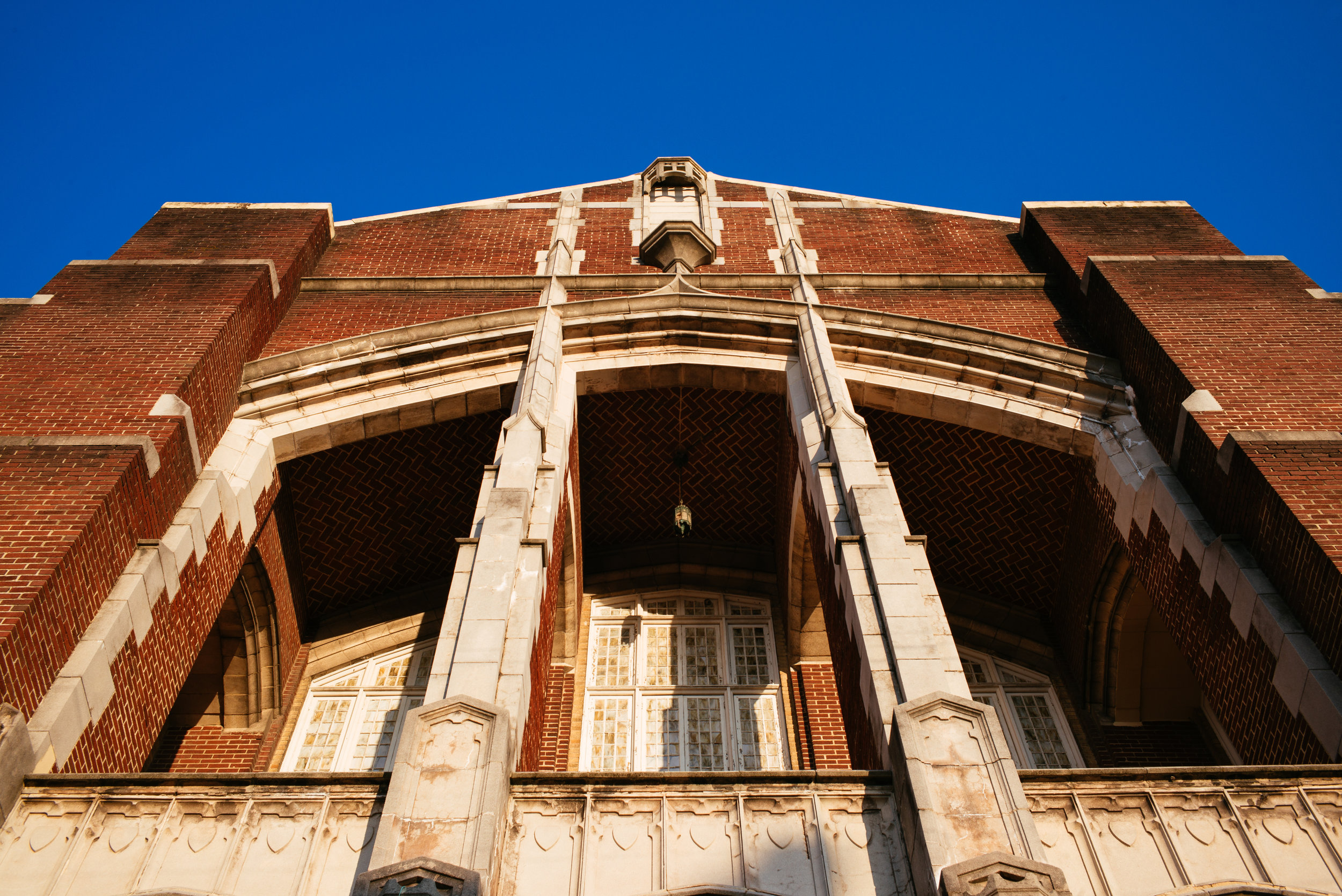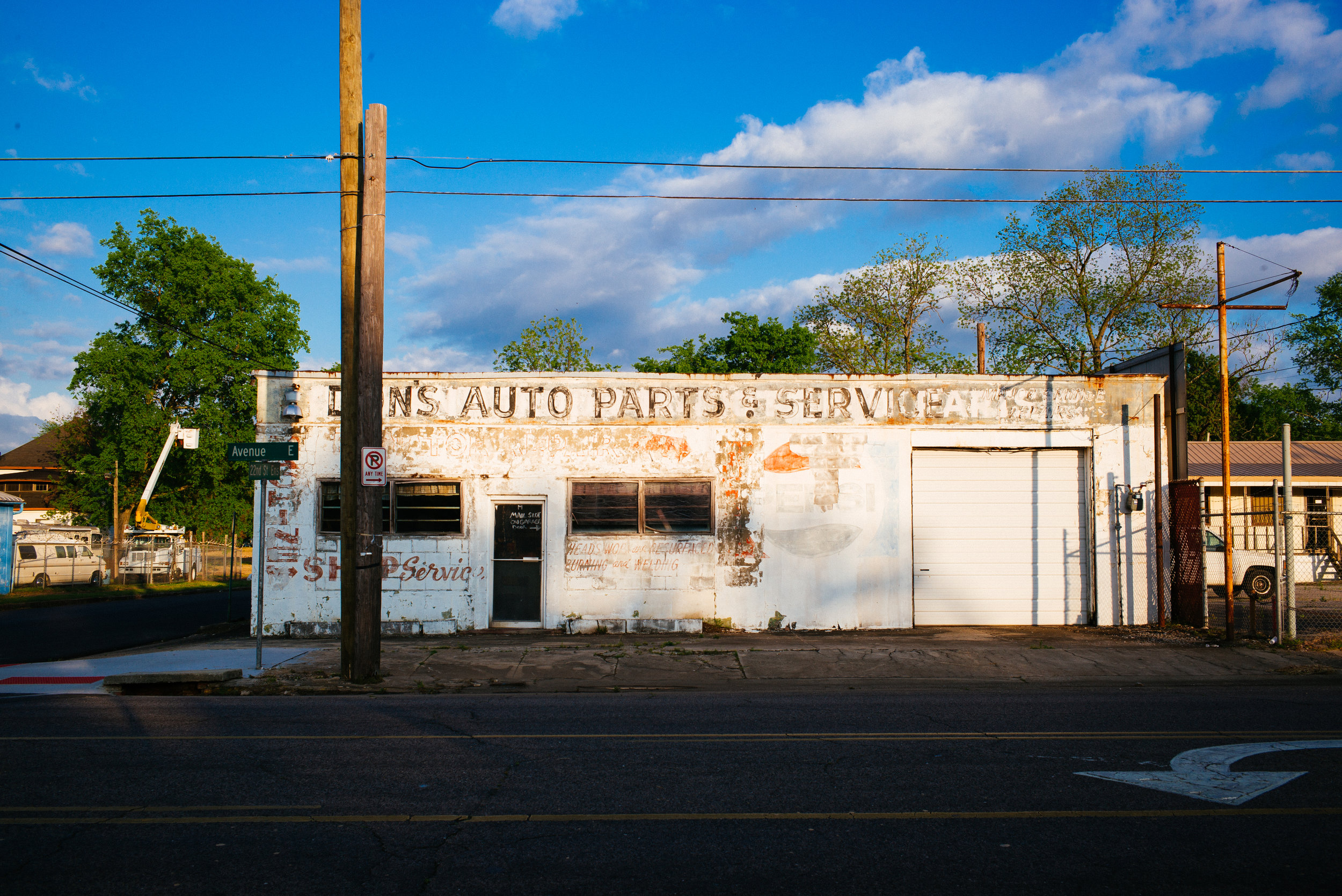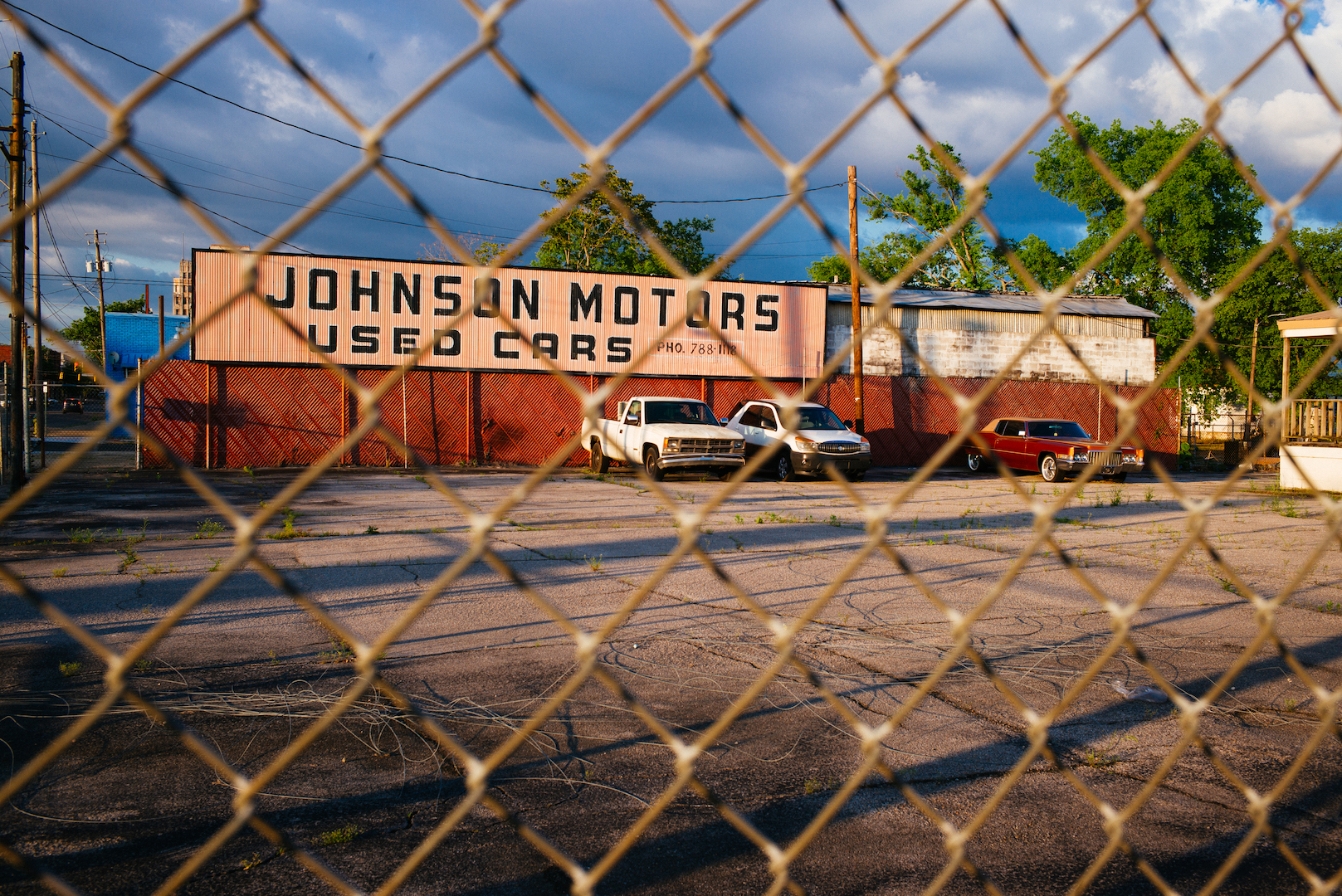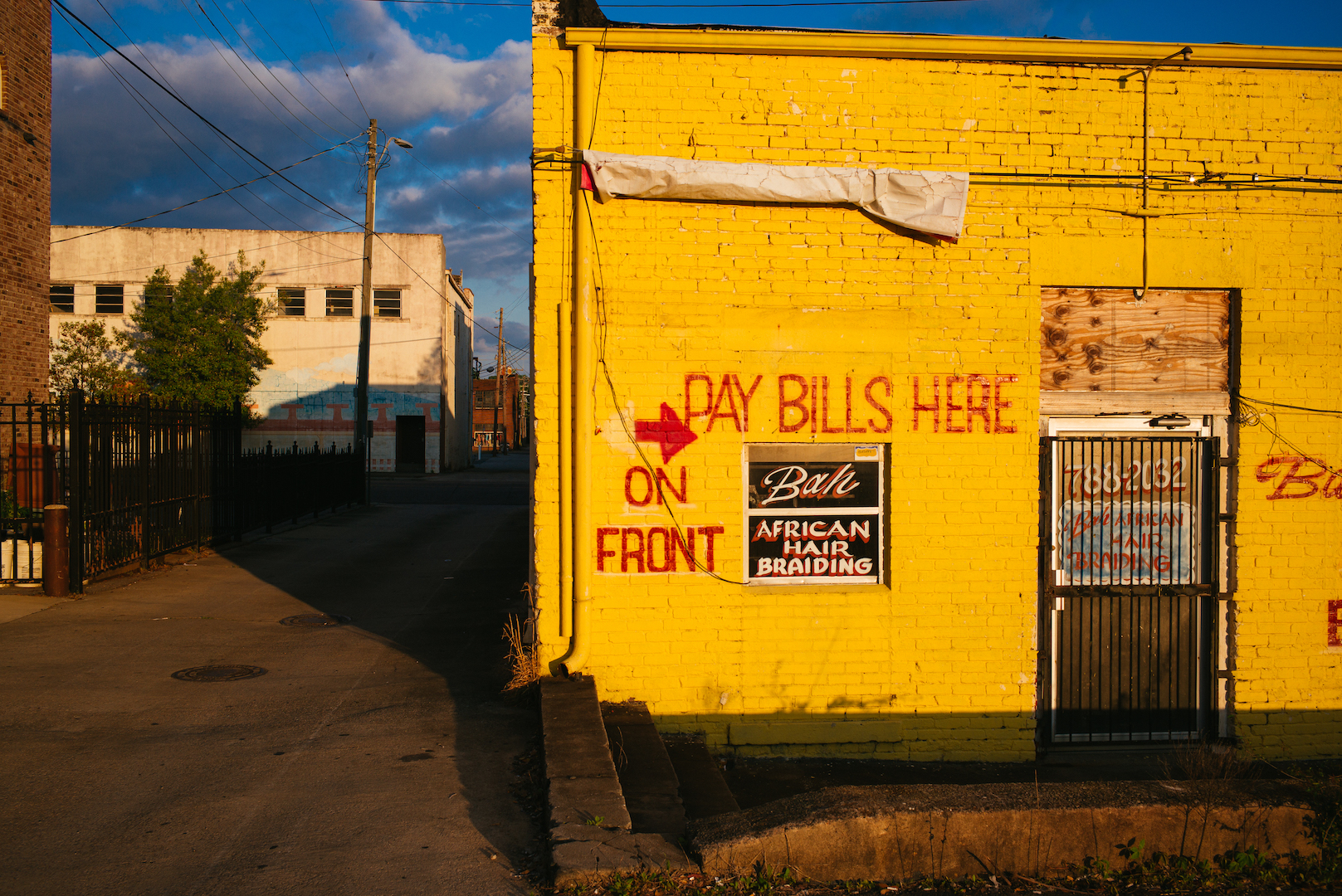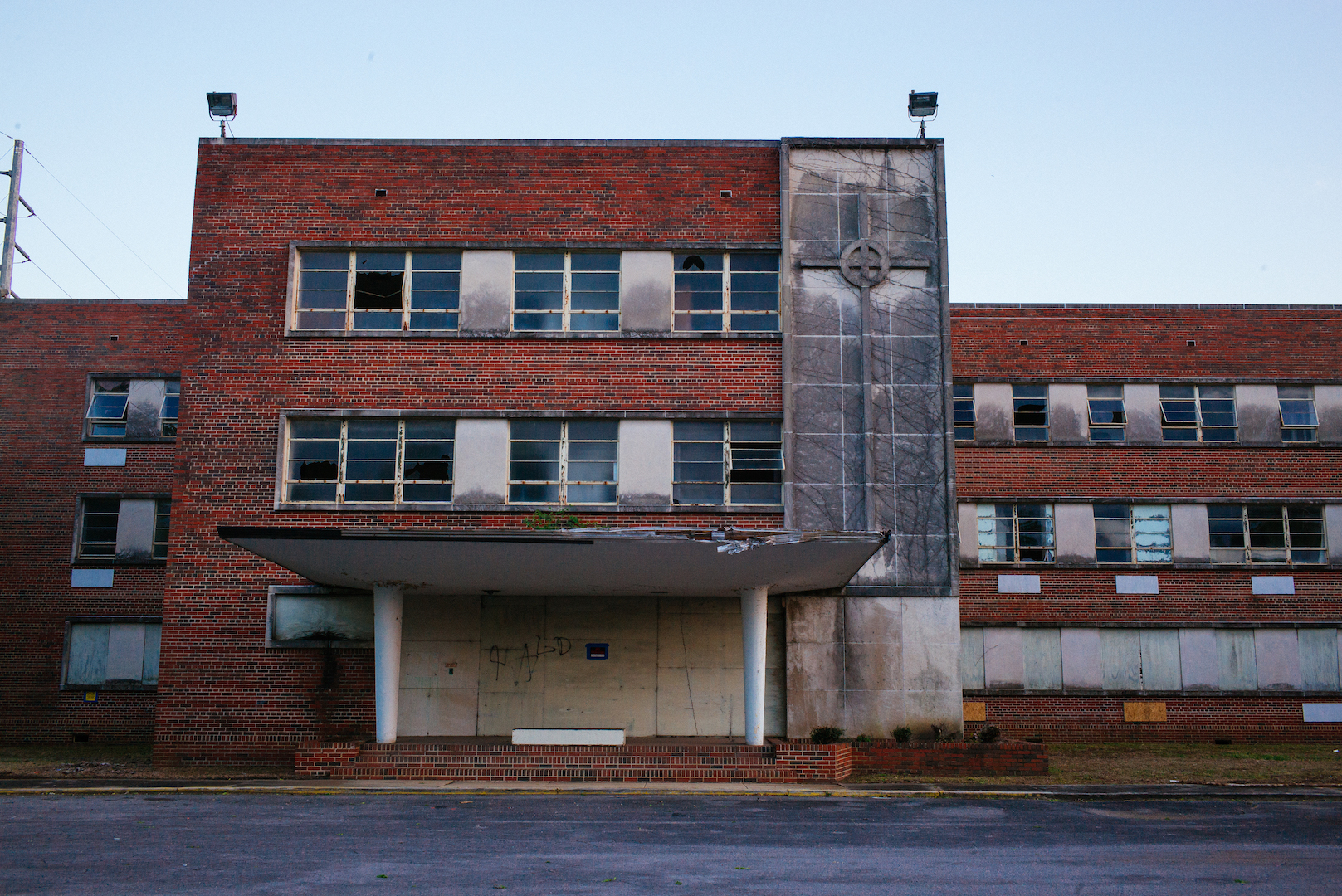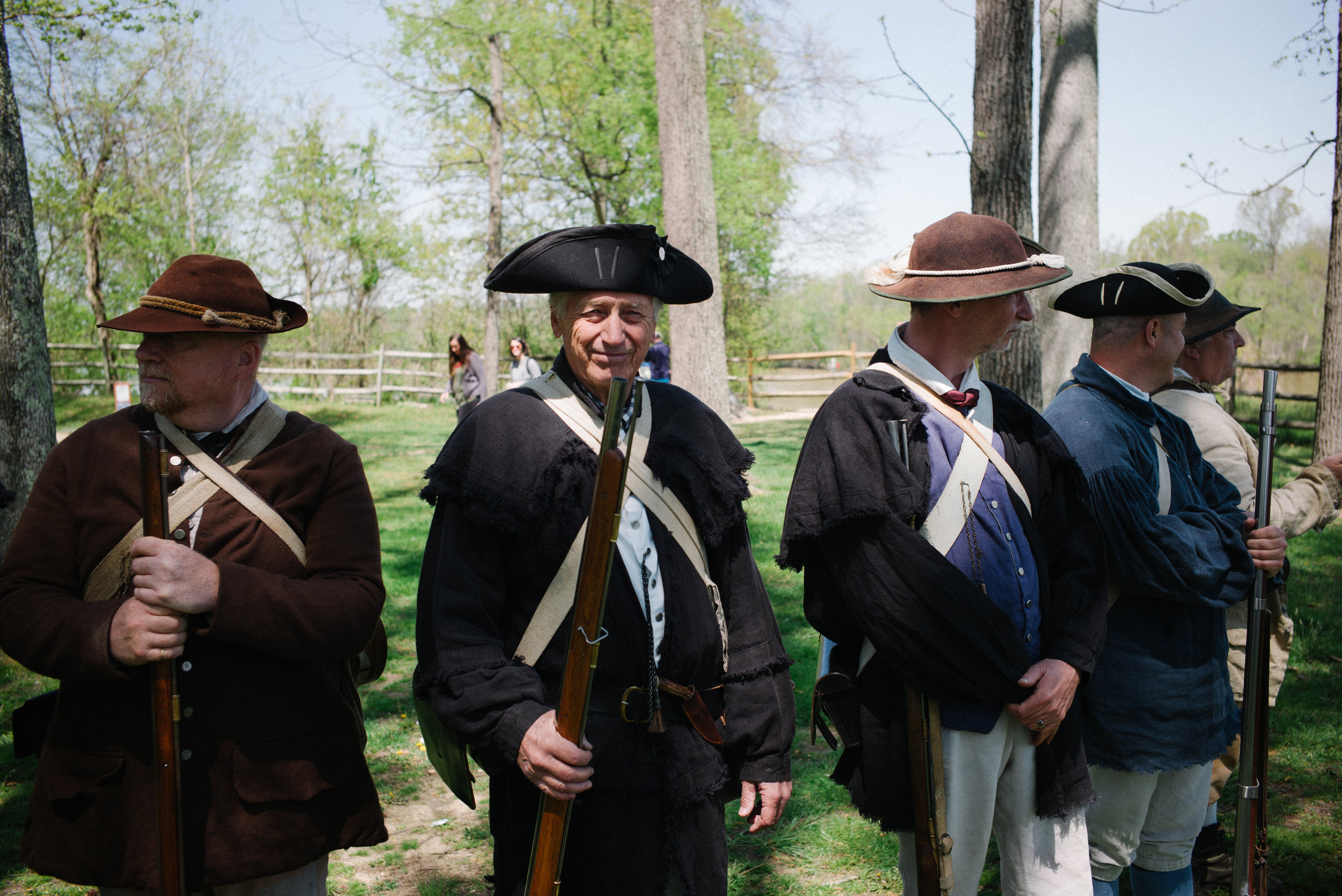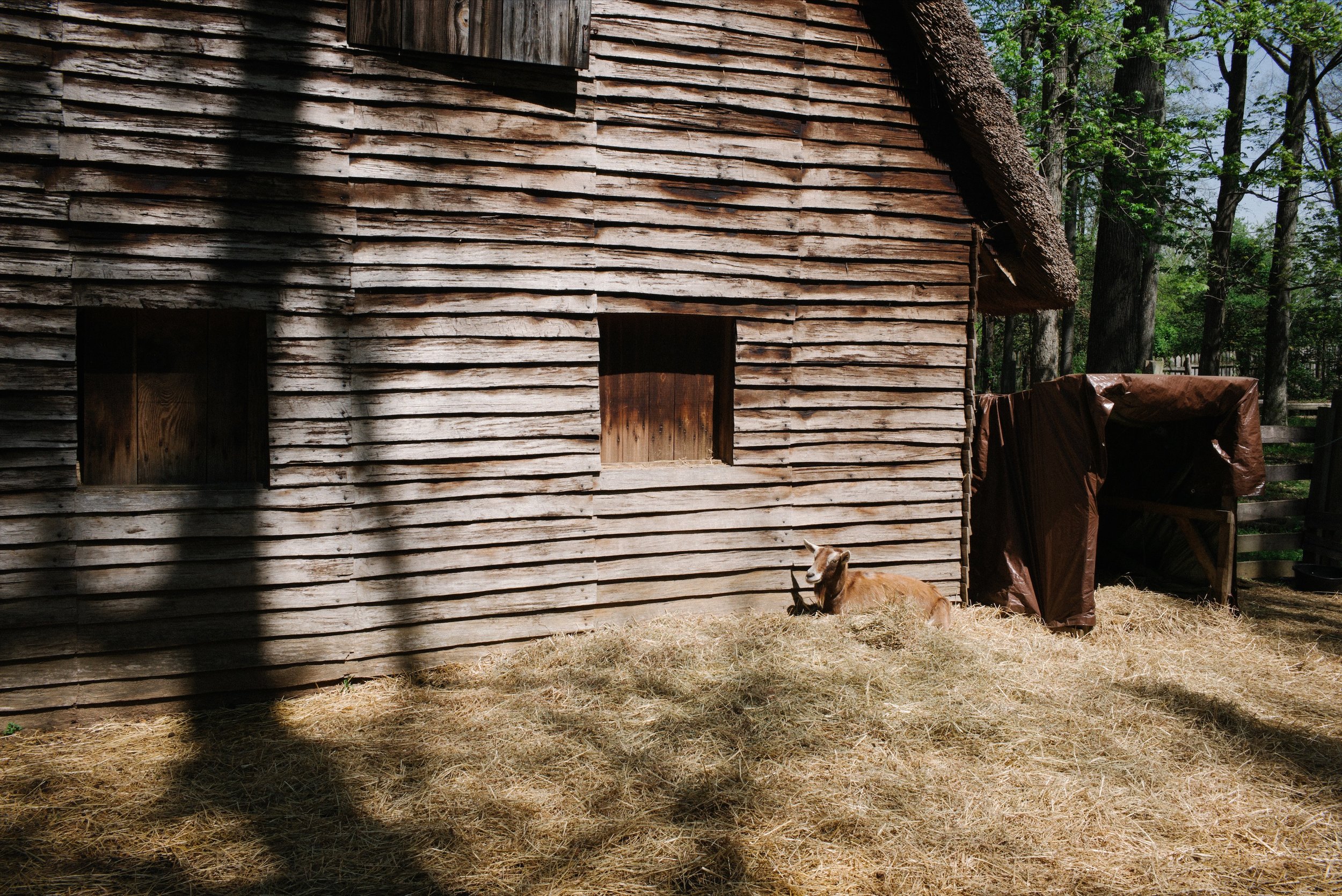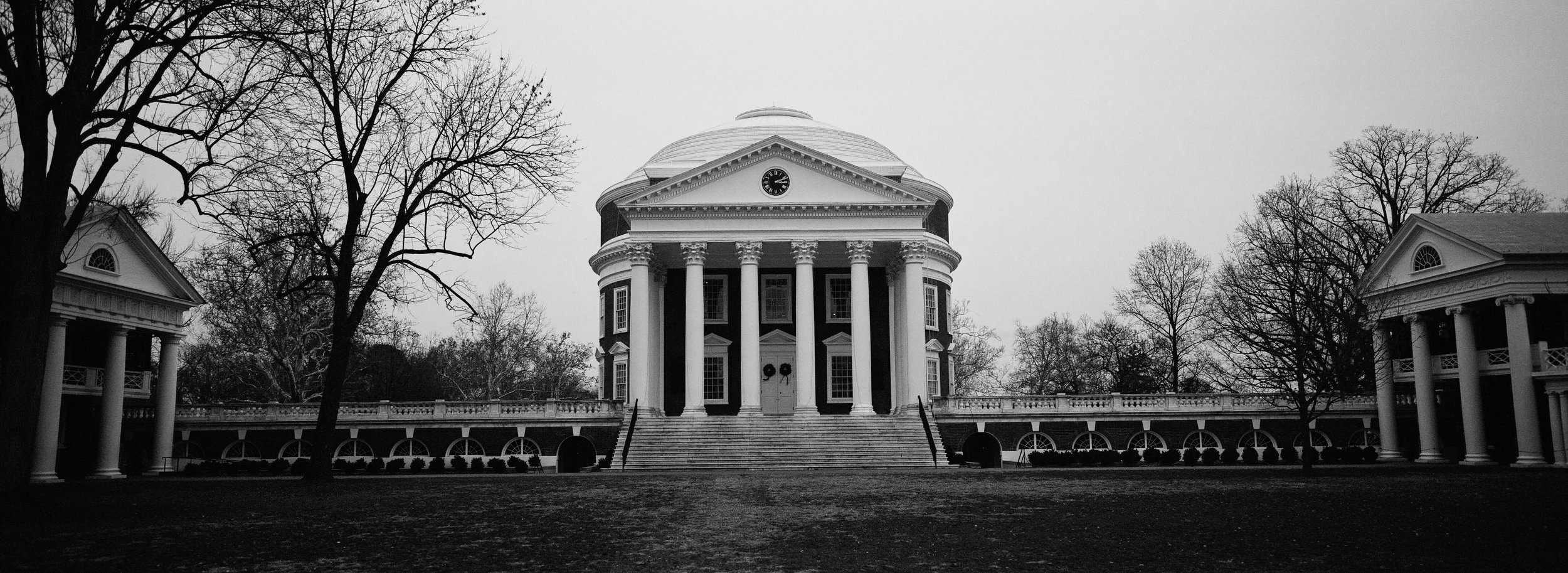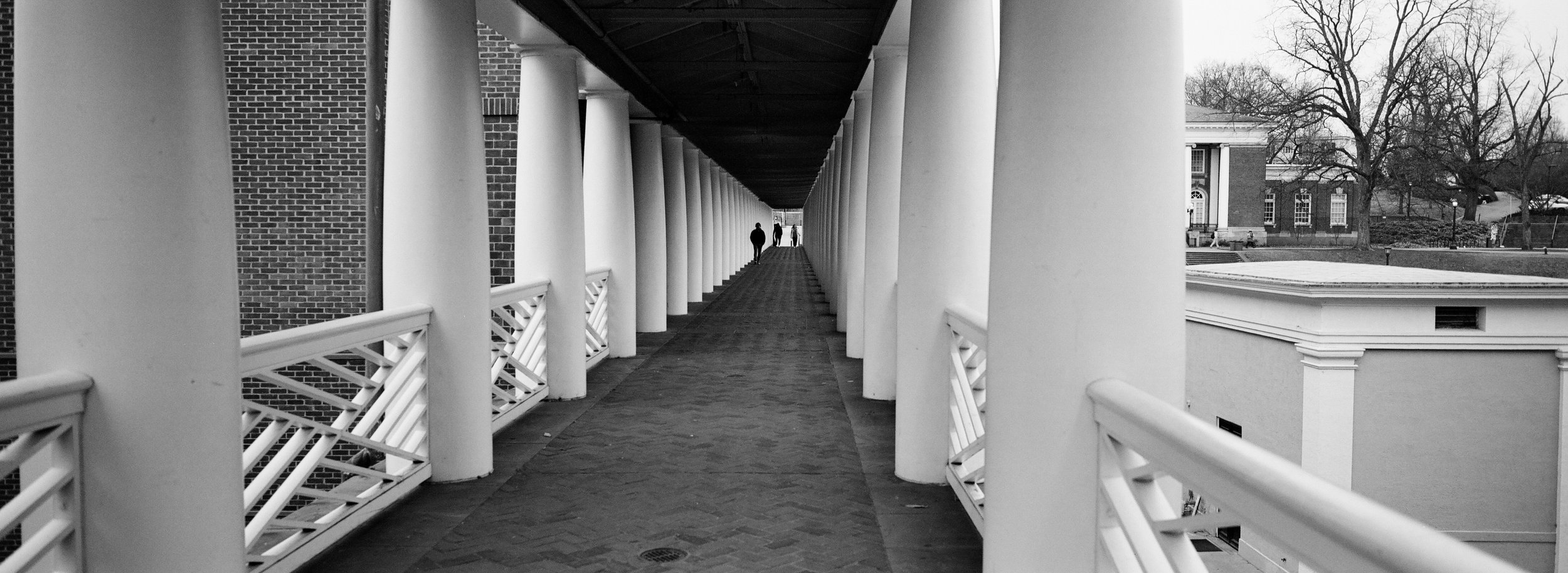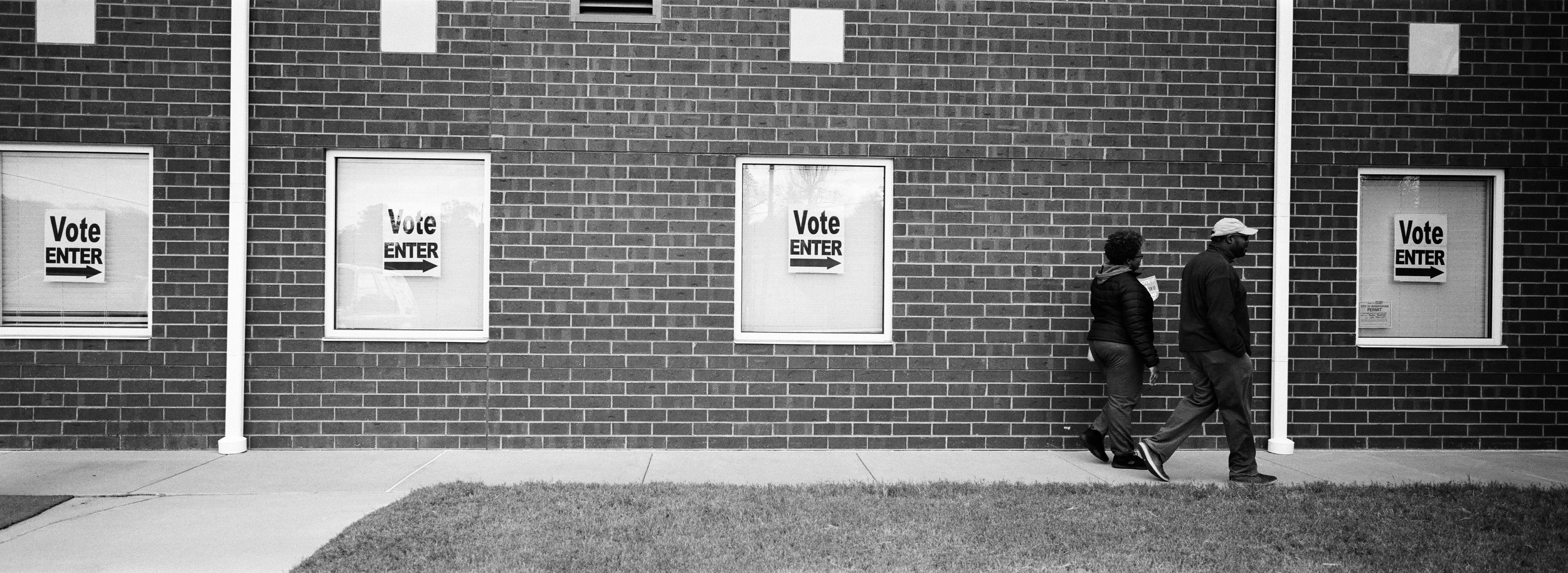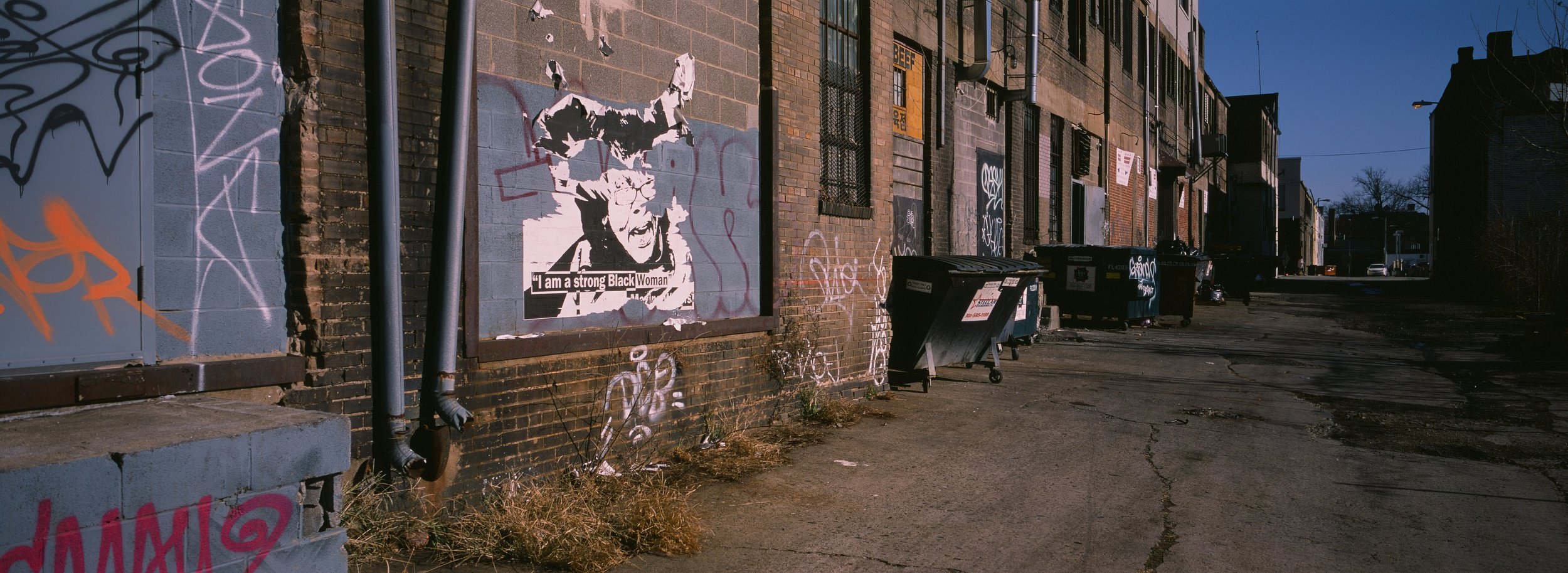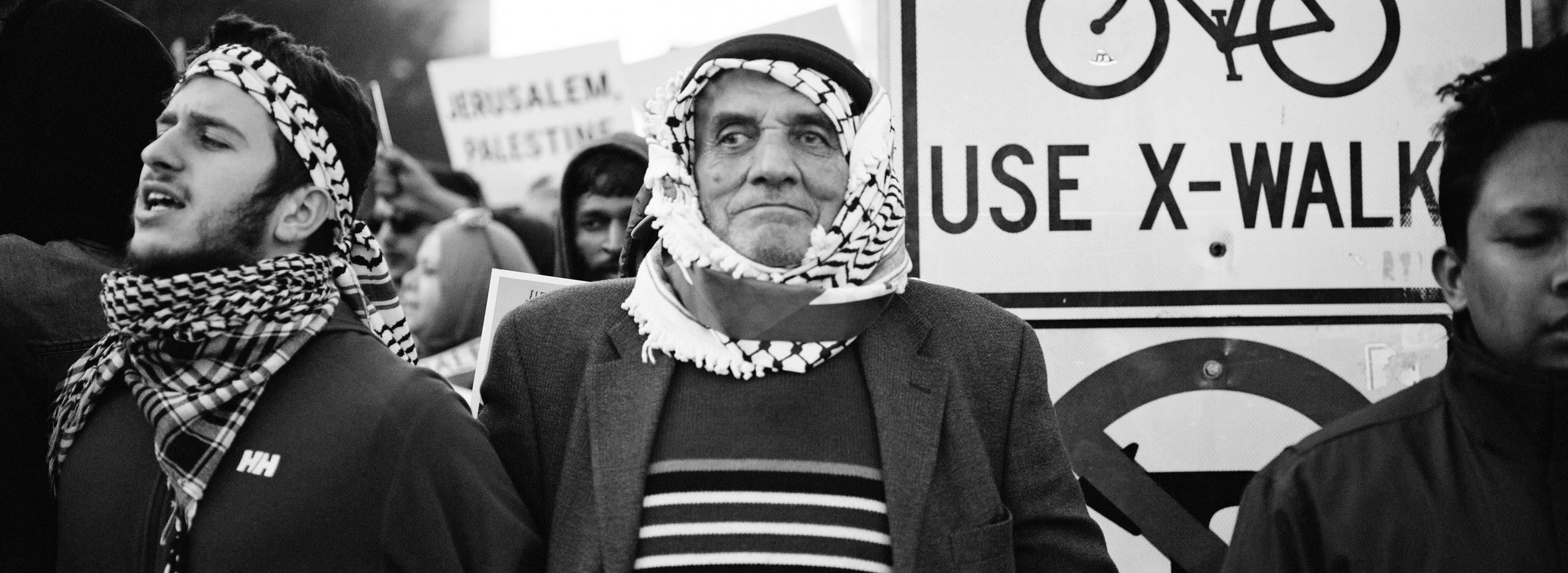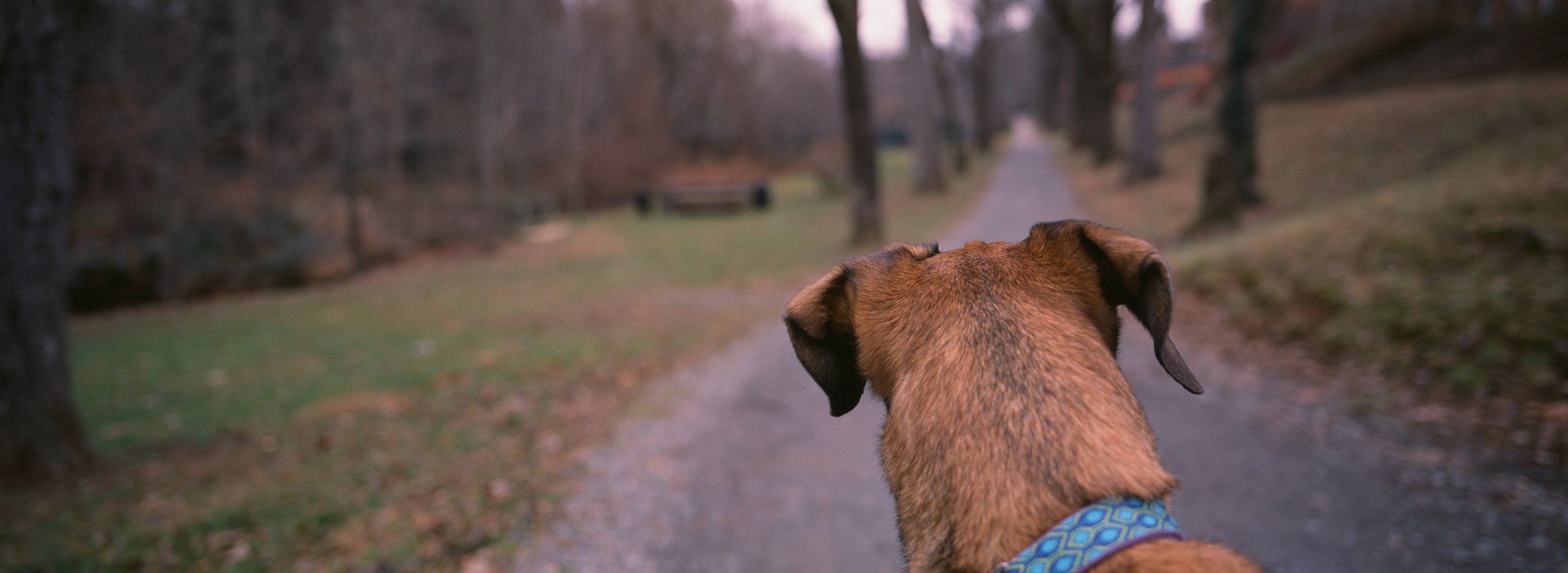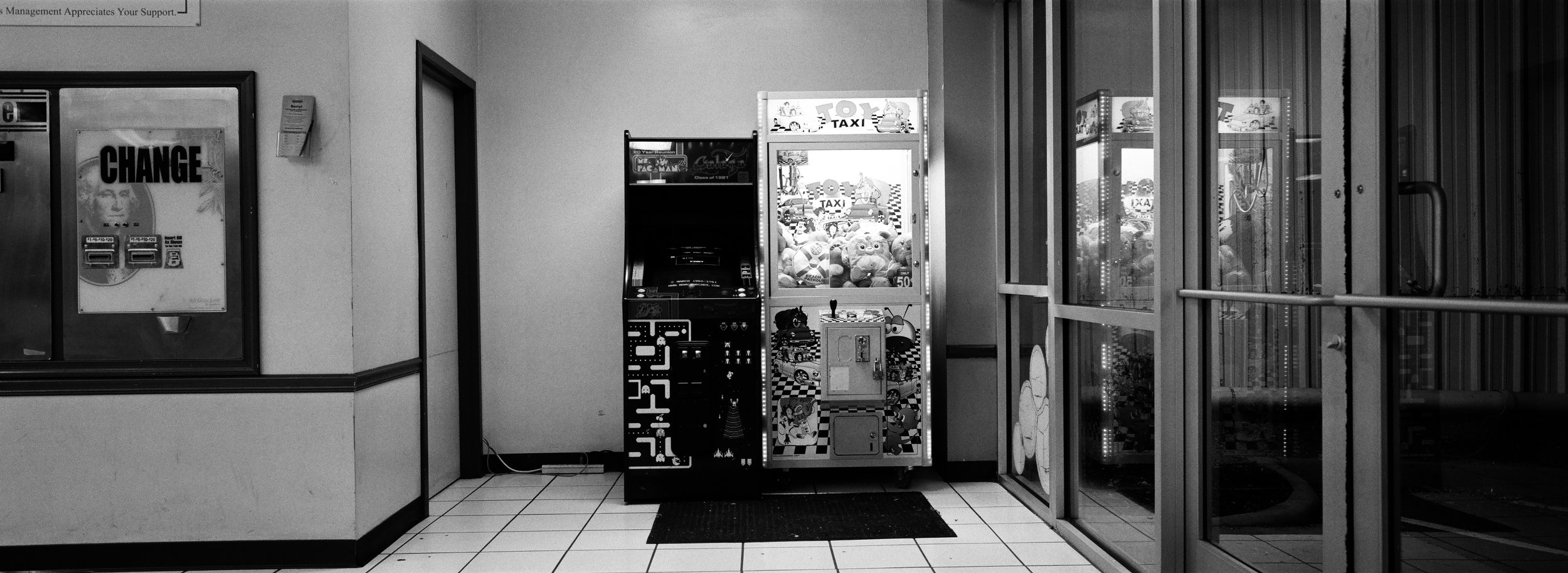alabama, take two
Ensley is a neighborhood of Birmingham, Alabama that—for its first few decades—was its own city and industrial site. At its most prosperous in the early 20th century, it's been in decline since the 1970s. These days, it's a little rough. But you can still see elements of its past glory.
I was driving through at peak golden hour on a clear, beautiful day. Yes, these photos were edited in Lightroom and were boosted in tweaked, but 80 percent of what you see is straight out of the camera, the light was just that good. These next photos, in particular, are inspired by Fred Herzog, a mid-century Vancouver-based photographer who did a lot of his work at exactly this time of day, using color transparencies.
After about an hour, the light began to fade and I started to make my way home. On my way out, I saw these evocative structures. The first appears to be an abandoned school. The second are a set of abandoned town homes. From the back, they are covered in growth and have visible decay. But from the front, they almost look like they're lived in.
I should say, if I weren't committed to film and also had thousands of dollars to burn, I would totally own one of these digital Leicas and fancy lenses. Alas.
